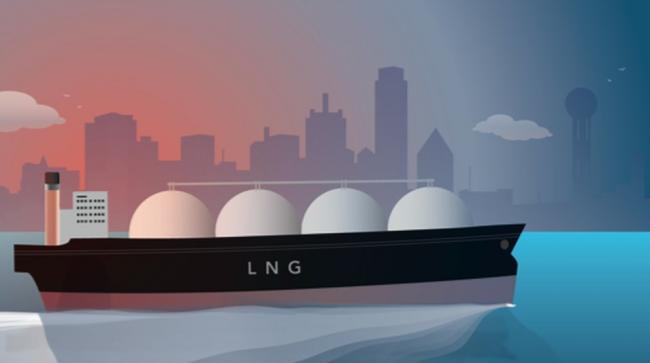Articles Menu

If anyone wondered where the sizzle over B.C’s 19 LNG projects went, consider the seismic shifts in global natural gas trade.
Even if a B.C. LNG proponent is able to successfully navigate Canada’s regulatory maze and accepts Canada’s track record of megaproject cost overruns and works through its formidable aboriginal consulting requirements and then does this all over again to build a connecting pipeline, it still needs to factor in a forecasted 45 per cent leap in global liquefaction supply over the next five years, leaving demand growth far behind.
Mostly of the new LNG supply will come from Australia and the United States. By 2021, Australia will rival Qatar as the world’s largest LNG exporter and the U.S. will not be far behind.
“We see massive quantities of LNG exports coming on line while, despite lower gas prices, demand continues to soften in traditional markets,” International Energy Agency (IEA) executive director Fatih Birol stated in a statement June 8.
Demand in the world’s top two LNG markets—Japan and Korea—is currently weakening. So the new LNG supplies will have to find other markets—mostly in China, India and Southeast Asia.
Global demand for natural gas will continue to growth but at a more modest 1.5 per cent per year over the next five years, according to the IEA. That’s down from IEA’s 2 per cent per year forecast last year. The downward revision is attributed to the decline in the energy intensity of the world economy.
“These contradictory trends [of increasing supply and decreasing demand] will both impact trade and keep spot gas prices under pressure.” Birol stated, adding that the combined factors of cheaper coal and continued strong renewables growth are blocking gas from expanding more rapidly in the power sector.
Weaker-than-expected demand in Asia is leaving several large LNG buyers in the region over-contracted. “Unwanted” LNG supplies are also expected to look for a home in Europe, which has flexibility in its gas system and well-developed spot markets.
So adding to all the other hurdles that face B.C. LNG development is the fact that favorable supply contracts have, so far, eluded their proponents.
Birol noted that today’s oversupply could foreshadow a number of supply-side challenges in the future. As producers slash investments to refocus on cost reductions and budget savings, he said that while these efforts may be too late for global gas markets to rebalance during this decade, but could sow the seeds for tighter markets into the next decade. And that may also bode well for B.C.
Above image: Christina Borowiecki/JWN